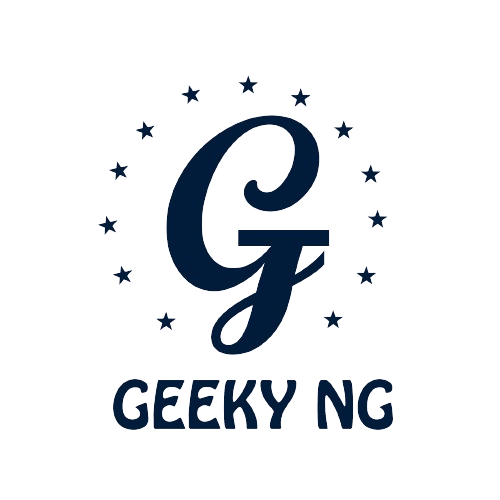DeepTech? NFT? What is that? That is as much a foreign word from one random person to the next who just wants to buy Ethereum, Bitcoin, Dodge coin, and many more cryptocurrencies there is.
Do not get confused by DeepTech, this is a new term for technologies not focused on end-user services. These technologies invest in artificial intelligence, robotics, blockchain, advanced material science, photonics and electronics, biotech, quantum computing, are some of the Deep tech examples you will come across.
As deep tech companies gain prominence, people are starting to define “deep tech” as a specific type of technology. Broadly speaking, deep tech falls under the category of tangible engineering innovations or scientific advances and discoveries. Deep tech is unique in that its profound enabling power has the potential to catalyze change. This means that blockchain, the underlying technology behind non-fungible tokens (NFTs), is a form of deep tech.
You must agree that NFT is the newest invention in Deep tech and to everyone, they are sure to get an NFT collection meaning everywhere they look in the bid to get acquainted with what it is all about. How to create an NFT isn’t much of a chore albeit many are in the dark as to what NFT is all about.
NFT
Non-fungible tokens (NFTs) are blockchain-based pieces of digital data that can be sold, traded, and owned, non-fungible tokens represent unique virtual objects that can be transferred through a blockchain ledger. An NFT could be associated with a digital file, such as a photo, video, or audio recording. Despite their uniqueness, these files cannot be traded or sold in the same way that fungible tokens representing fiat currency can. Compliance with regulations and restrictions on crypto genesis may govern the trading of NFT tokens.
History of NFT
Having established what NFT is, you must be curious as to when NFTs become popular. The first known use of blockchain-based digital art was a video clip, made by Jennifer McCoy and sold for $4 on 24 May 2014, at the Seven-on-Seven conferences at the New Museum in New York City. The technology is referred to as “monetized graphics” by its creators.
The first non-fungible token (NFT) was launched on October 18, 2015 — the day the Etheria project on Ethereum was launched. This event marked a milestone toward the creation of a protocol allowing the trade of NFTs. December 2017, Cryptokitties became the first example of a significant nonfungible token (NFT) marketplace. Trading digital creatures, CryptoKitties characters possess unique traits. Furthermore, the sale of the first Etheria tiles began three months after Ethereum’s launch, and most were sold in 2021.
How does NFT work?
At this stage, you must have gotten a grasp of what NFT is and what it is about. Now you are questioning, how does NFT work exactly? How does selling NFT work? It is quite easy but needs a lot of attention when trading. You should know that the majority of NFTs reside on the Ethereum cryptocurrency’s blockchain, a distributed public ledger that records transactions. Once you have uploaded the token up for sale, a buyer would show interest and payment would be made with the crypto ledger.
Types of NFT
The NFT marketplace is saturated with the best types of NFTs to buy and how to create an NFT. However, for everything tangible product you have and desire to sell in exchange for a cryptocurrency, there are limitless NFT examples for you and ways in which you will profit from each sale.
Here are the various types of NFTs:
- Digital art
- Sports Focal point. Such as clips from a sporting event, football highlight, basketball, etc.
- Music and audios
- Trading Cards/Payable Items. You can trade cards almost like gift cards, buy items and resell them for a higher price just like artifacts.
- Games
- Fashion
- Original Meme or otherwise.













